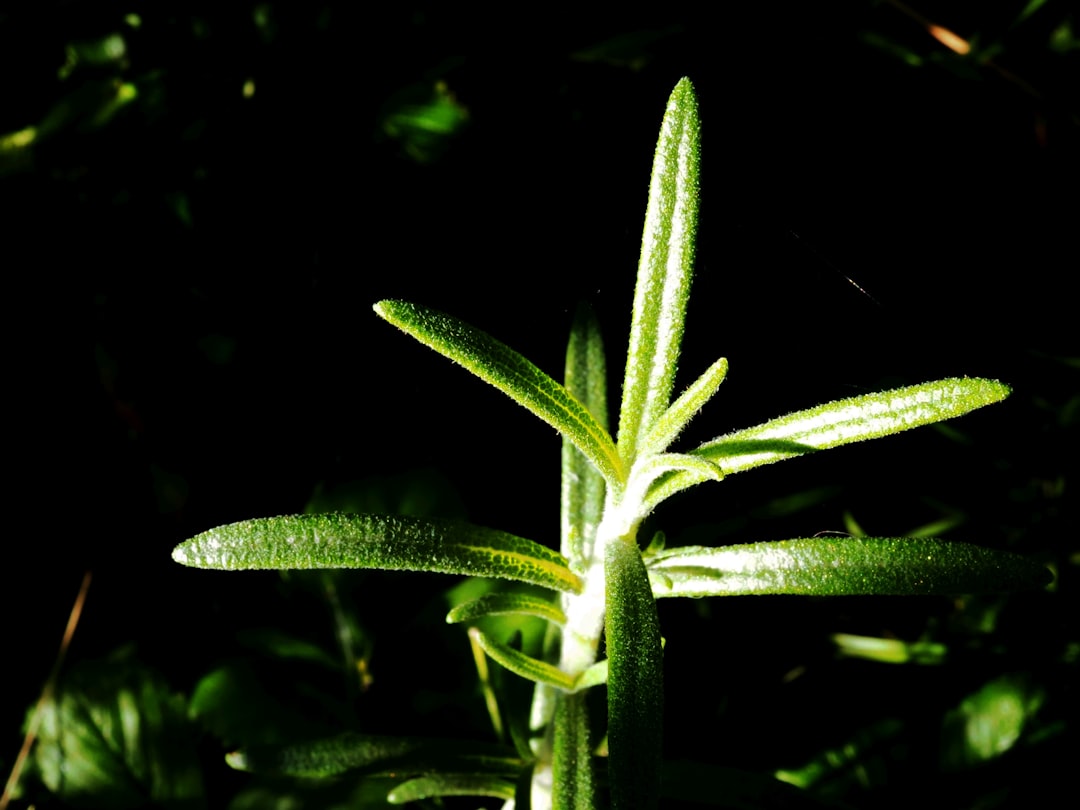
In the world of gardening, dealing with bugs, diseases, and weeds is an ongoing battle. However, there's a natural and effective solution that many gardeners overlook: companion plants. These botanical allies can be the unsung heroes in your flower and vegetable gardens, serving as natural weed - control superstars.
Companion planting is an age - old practice that involves growing different plants together for mutual benefits. When it comes to weed control, certain plant combinations can significantly reduce the presence of unwanted weeds. Let's explore some of these powerful plant combos that really work.
Marigolds are well - known for their ability to repel nematodes, but they also play a crucial role in weed suppression. When planted alongside tomatoes, marigolds create a dense ground cover that shades the soil. Weeds thrive in sunlight, and by blocking it, marigolds make it difficult for weed seeds to germinate. The strong scent of marigolds also deters many insects that might otherwise disrupt the growth of tomatoes. This combination not only keeps weeds at bay but also promotes the healthy growth of tomatoes, resulting in a bountiful harvest.
The classic Native American trio of beans, corn, and squash, known as the “Three Sisters,” is a prime example of companion planting. In the context of weed control, beans and corn work together in a symbiotic relationship. Corn provides a natural trellis for the beans to climb. As the beans grow up the cornstalks, they cover the ground around the base of the corn. This leafy cover reduces the amount of sunlight reaching the soil, preventing weed seeds from sprouting. Additionally, beans are nitrogen - fixing plants, which means they enrich the soil with nitrogen, benefiting the corn's growth. This combination is not only effective against weeds but also enriches the soil for future plantings.
Lettuce has a shallow root system and grows relatively close to the ground. Radishes, on the other hand, have a faster growth rate and can be harvested earlier. When planted together, radishes act as a “nurse crop” for lettuce. They quickly fill the space between lettuce plants, preventing weeds from taking hold. By the time the radishes are ready to be harvested, the lettuce has grown enough to cover the soil on its own. This succession of growth helps maintain a weed - free environment in the garden bed.
Chives are a great companion for carrots. Their strong onion - like scent repels carrot flies, which are a common pest for carrots. Moreover, chives grow in a clump and can cover the soil surface around carrot plants. This cover reduces weed growth by blocking sunlight. The presence of chives also seems to enhance the flavor of carrots. So, not only do you get a weed - free carrot patch, but you also enjoy sweeter - tasting carrots.
Using companion plants for weed control offers more than just a weed - free garden. These plant combinations can also improve soil health, attract beneficial insects, and increase overall plant productivity. For example, attracting pollinators like bees and butterflies can lead to better fruit set in flowering plants. Additionally, some companion plants can help in pest control by repelling harmful insects, reducing the need for chemical pesticides.
In conclusion, companion planting is a sustainable and effective way to manage weeds in your flower and vegetable gardens. By carefully selecting the right plant combinations, you can create a harmonious ecosystem where plants support each other's growth while keeping pests and weeds at bay. So, the next time you plan your garden, consider these natural weed - control superstars and enjoy a more beautiful and productive gardening experience.

The Secret to Squirrel - Free Potted Plants
The Secret to Squirrel - Free Potted Plants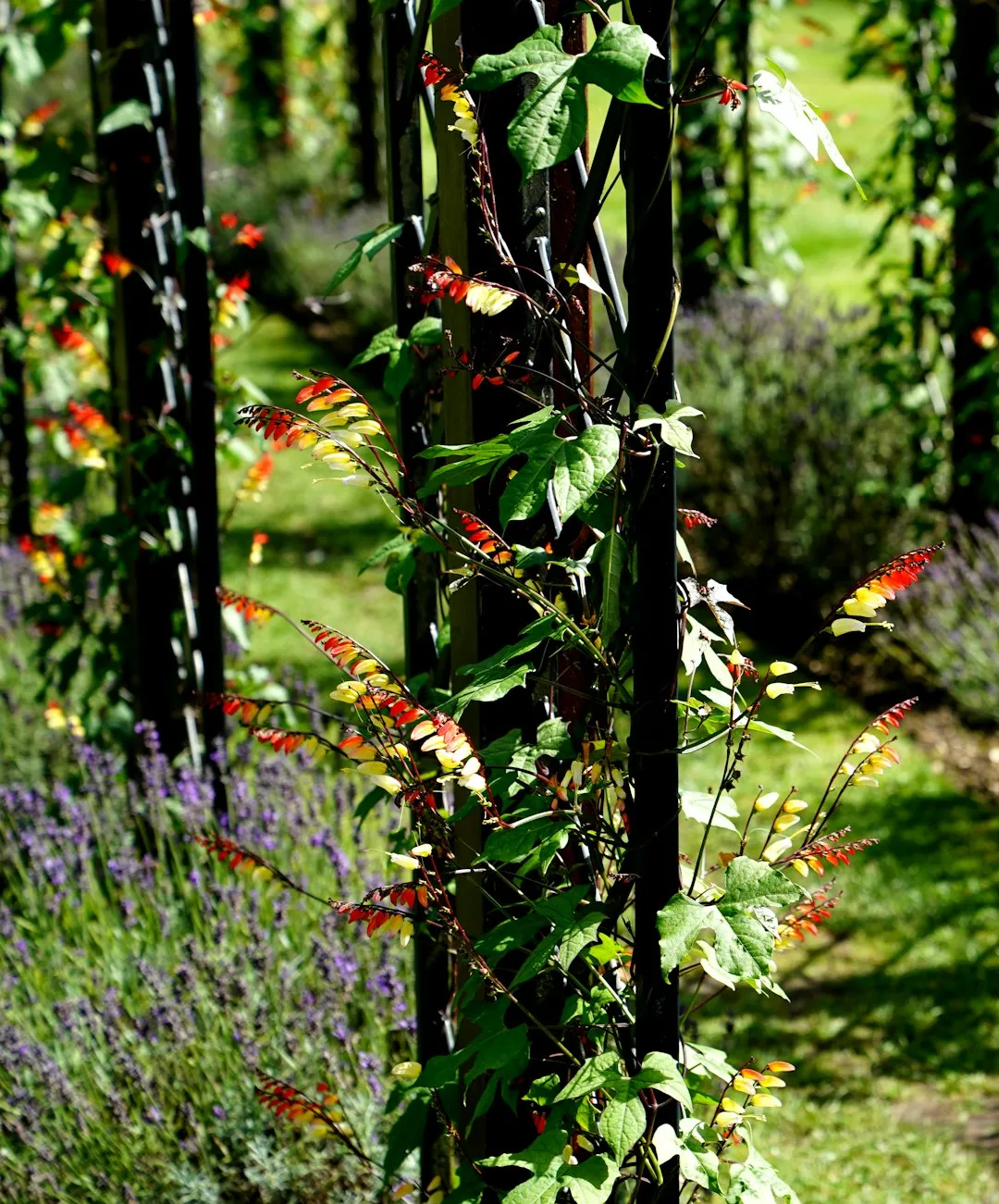
Sweet Rewards: Cultivating Berries in Containers
Sweet Rewards: Cultivating Berries in Containers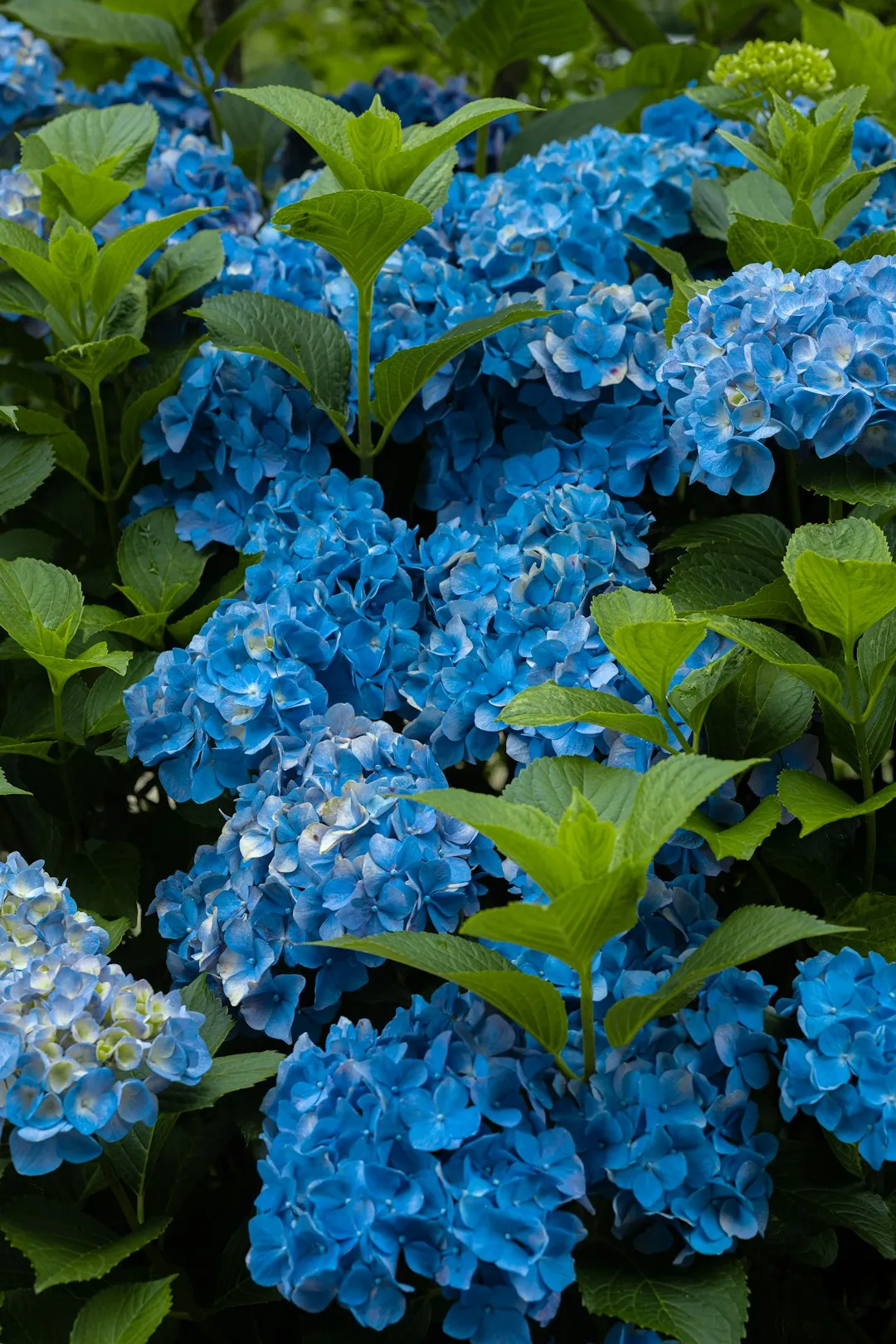
Unveiling the Secrets of a Stunning Lawn
Unveiling the Secrets of a Stunning Lawn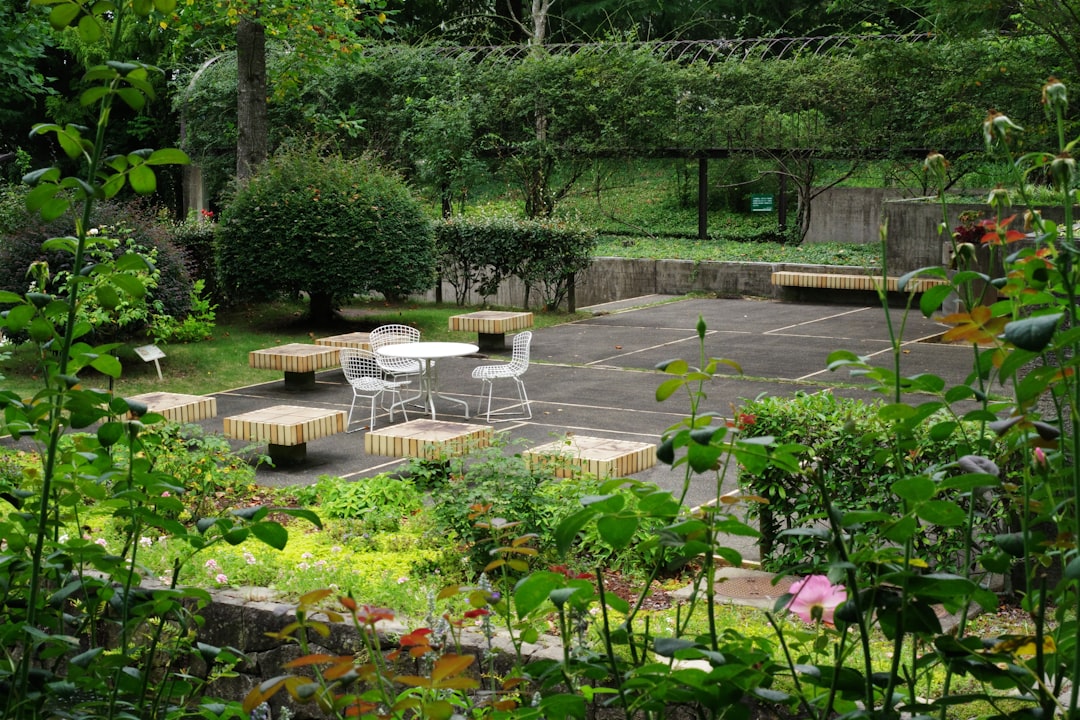
Fall Lawn Maintenance: The Key to a Healthy Yard in Winter
Fall Lawn Maintenance: The Key to a Healthy Yard in Winter
The Secret to Soil Amendment Without Uprooting Your Plants
The Secret to Soil Amendment Without Uprooting Your Plants
Unleash Your Garden's Potential: The Art of Seed Collection
Unleash Your Garden's Potential: The Art of Seed Collection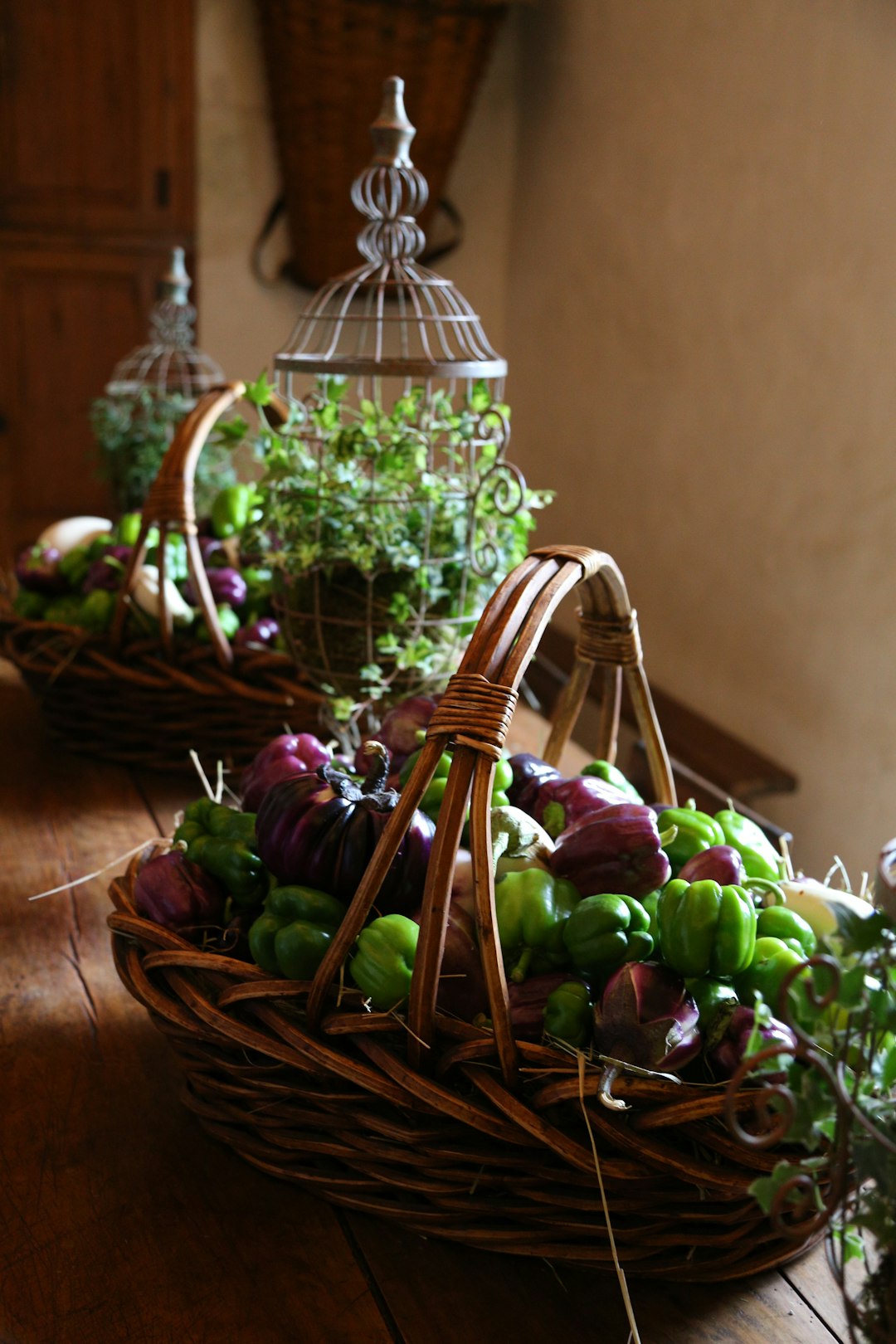
Pre - Summer Yard Care Essentials
Pre - Summer Yard Care Essentials
Weathering the Storm: Nurturing Your Garden in Extreme Conditions
Weathering the Storm: Nurturing Your Garden in Extreme Conditions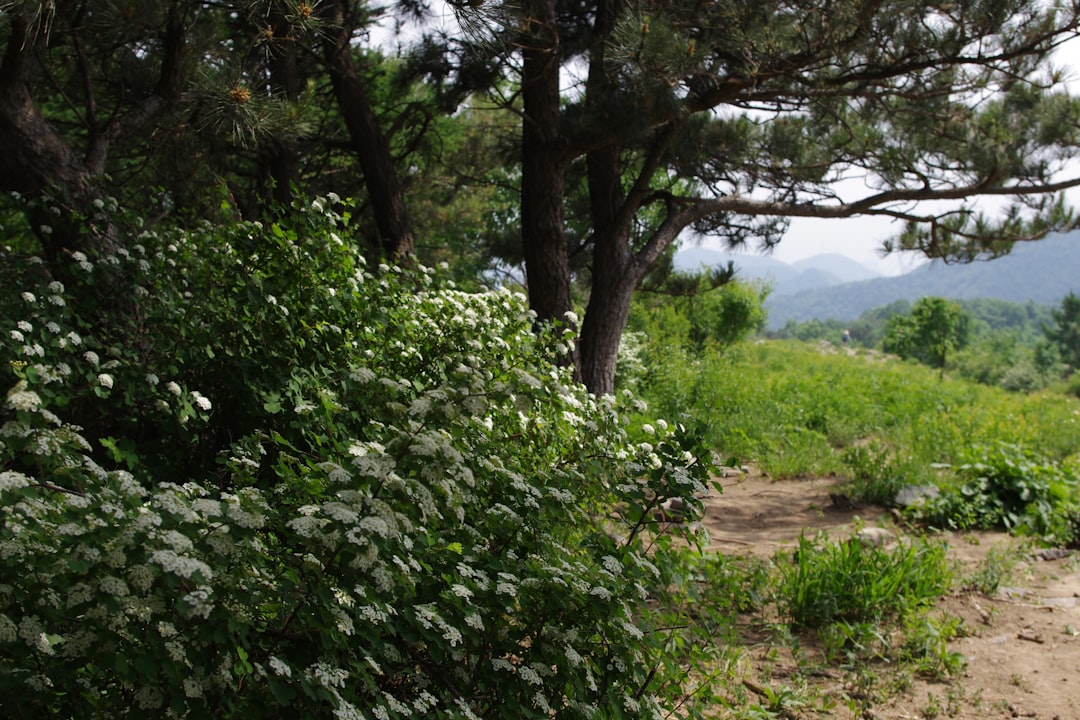
Summer Pruning: The 10 Flowering Plants to Leave Alone
Summer Pruning: The 10 Flowering Plants to Leave Alone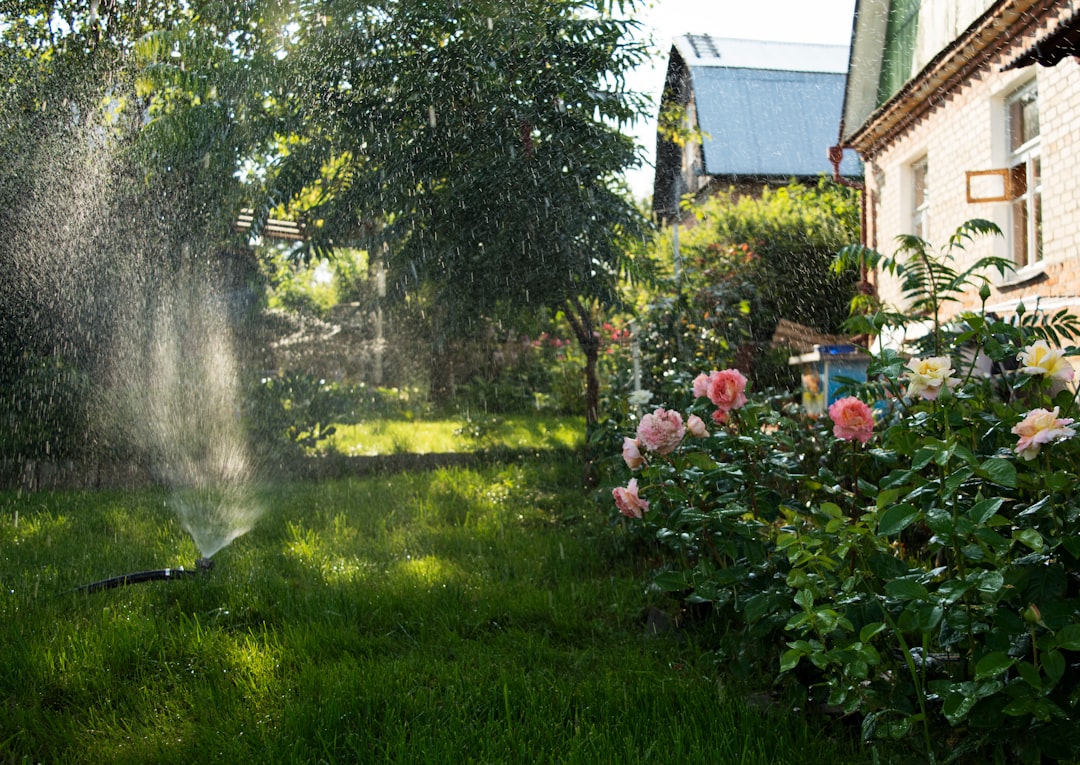
Unveiling the Hidden Gems of Perennial Gardening
Unveiling the Hidden Gems of Perennial Gardening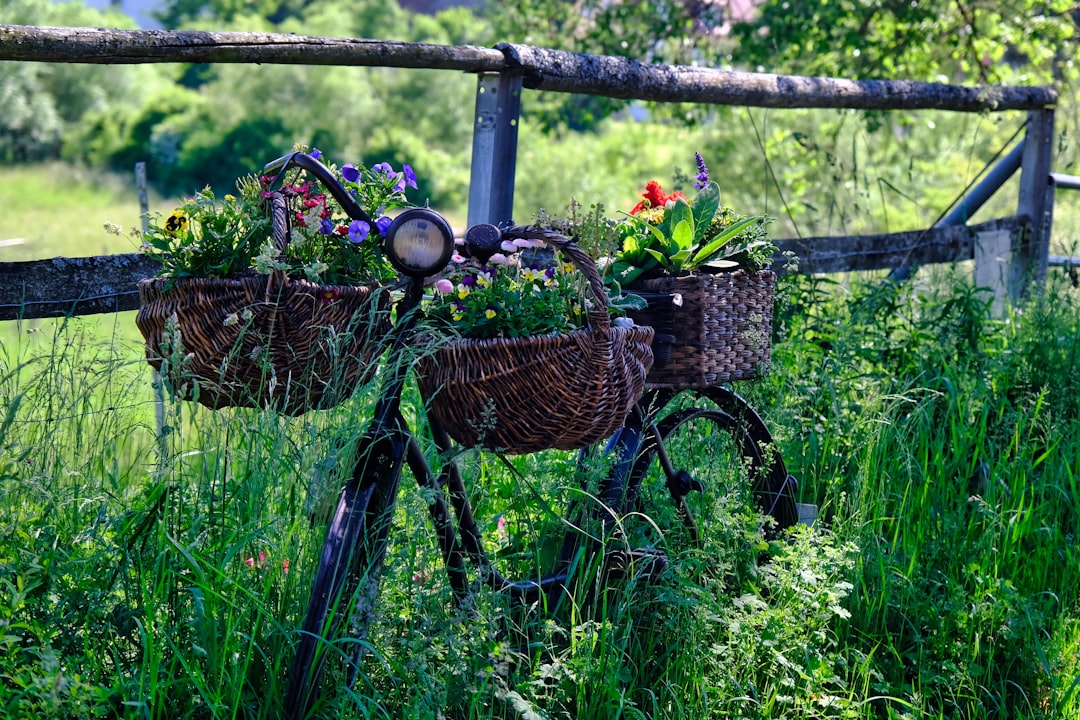
Unleashing the Beauty of Perennial Black - Eyed Susans in Your Garden
Unleashing the Beauty of Perennial Black - Eyed Susans in Your Garden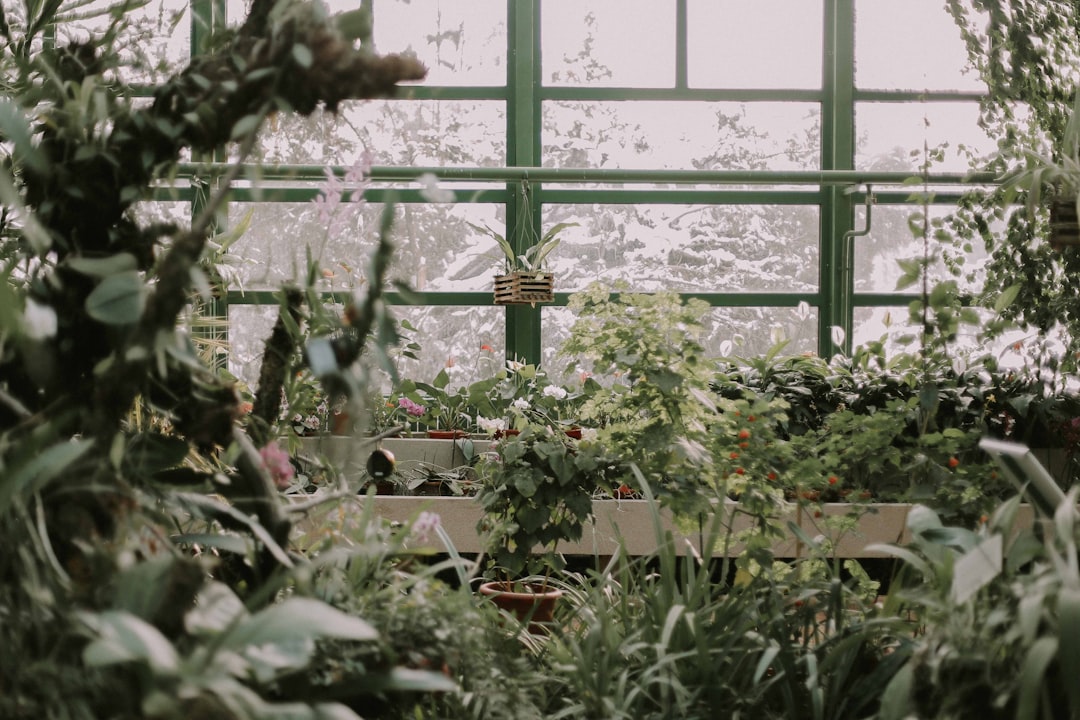
Unveiling the Secrets of Trillium Growth
Unveiling the Secrets of Trillium Growth
The All - Season Charm of Sedum Plants
The All - Season Charm of Sedum Plants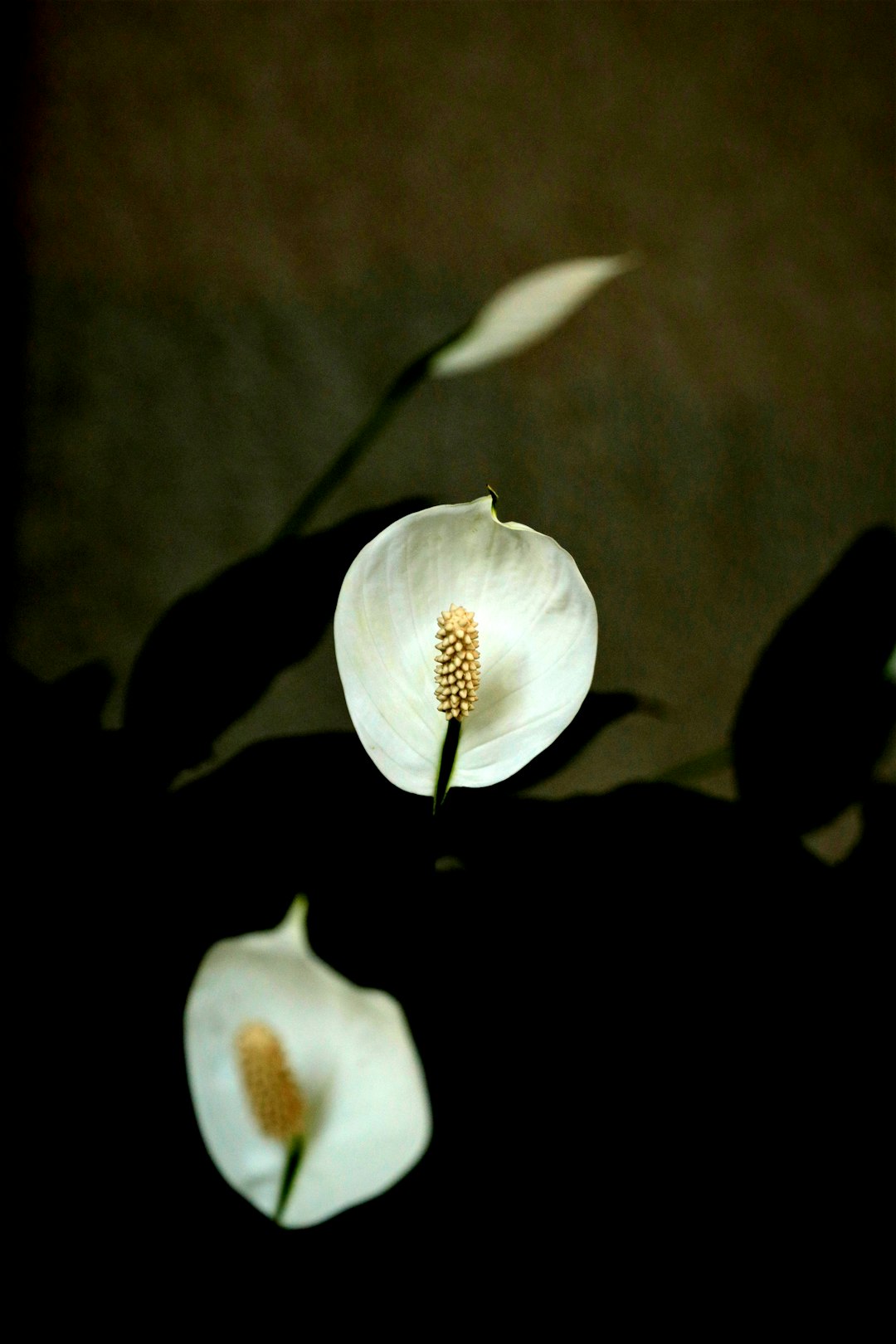
Banishing Snakes from Your Yard: Simple Solutions
Banishing Snakes from Your Yard: Simple Solutions
Secrets to a Bug - Free Garden: Conquering Squash Bugs Naturally
Secrets to a Bug - Free Garden: Conquering Squash Bugs Naturally
Transform Your Yard: Banish Crabgrass for Good
Transform Your Yard: Banish Crabgrass for Good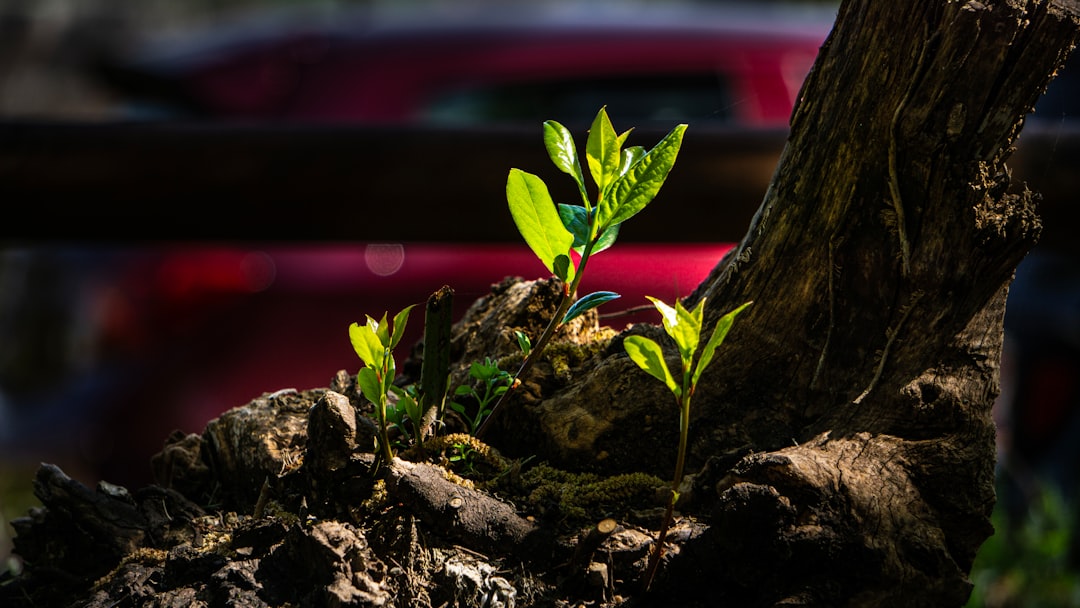
Unveiling the Wonders of a Low - Sun Garden
Unveiling the Wonders of a Low - Sun Garden
Unleash Your Garden's Potential: The Magic of Lasagna Gardening
Unleash Your Garden's Potential: The Magic of Lasagna Gardening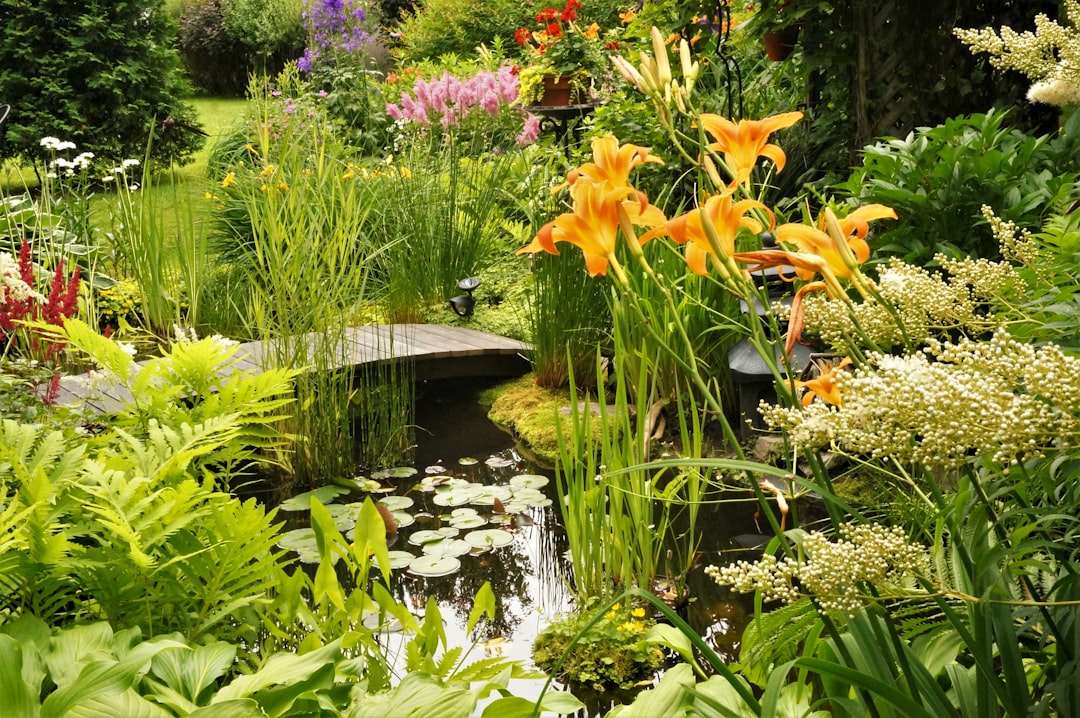
Unveiling the Mysteries of Lunar Gardening
Unveiling the Mysteries of Lunar Gardening
Unleash Your Inner Herbalist: A Guide to Indoor Herb Gardening
Unleash Your Inner Herbalist: A Guide to Indoor Herb Gardening